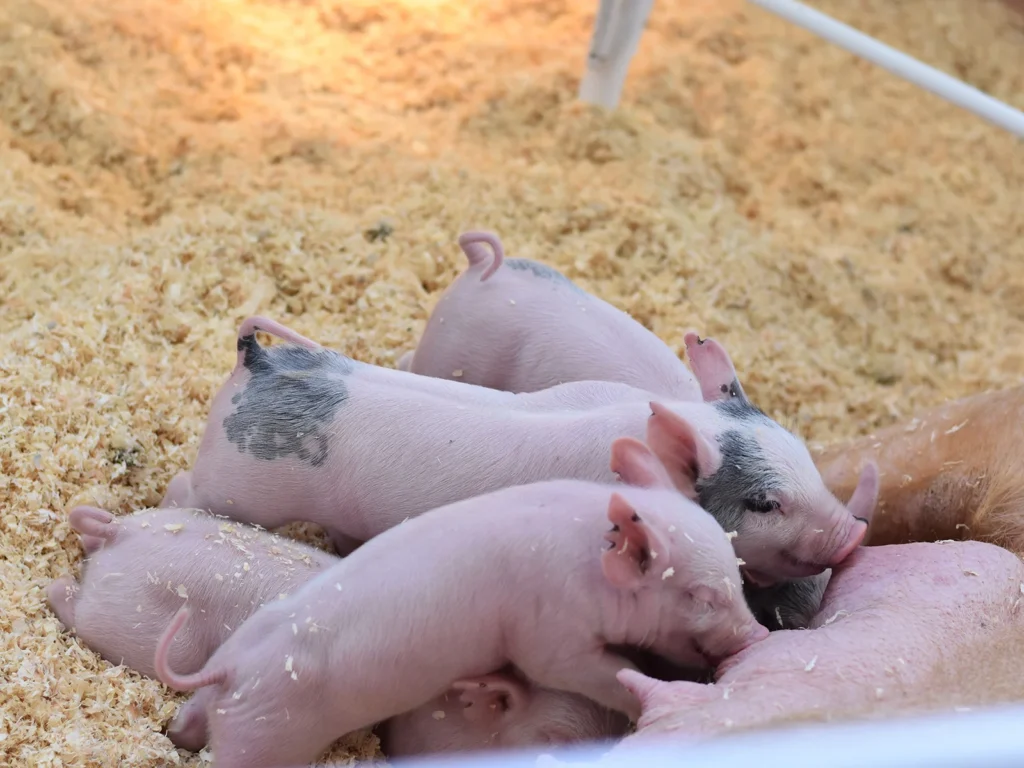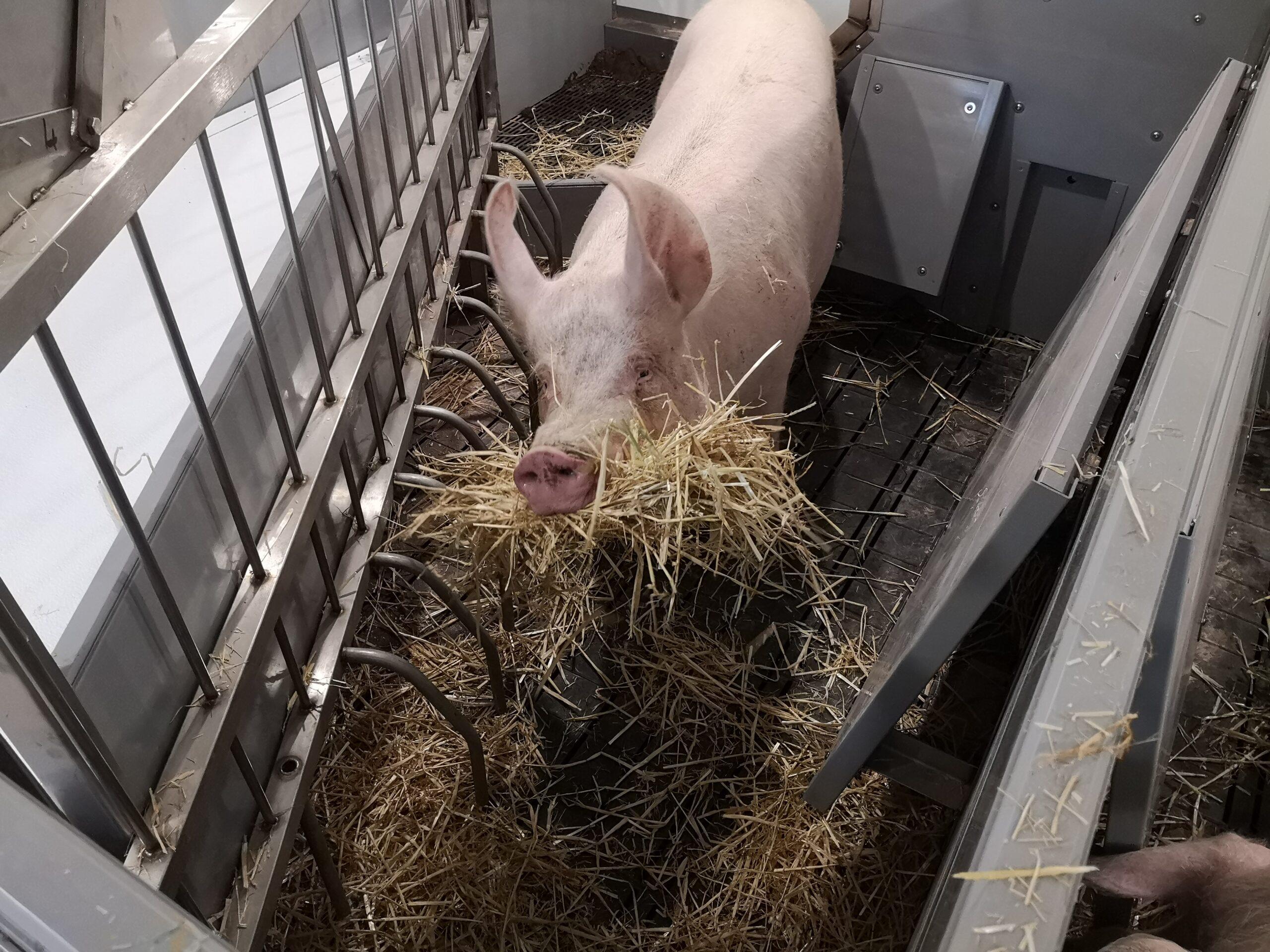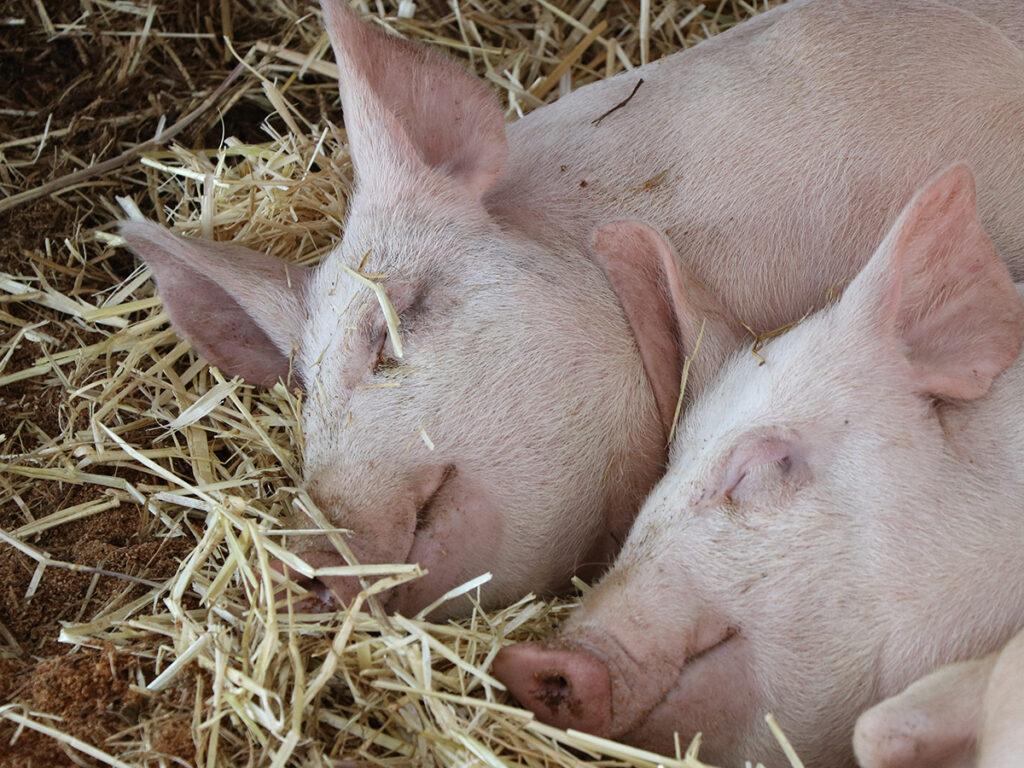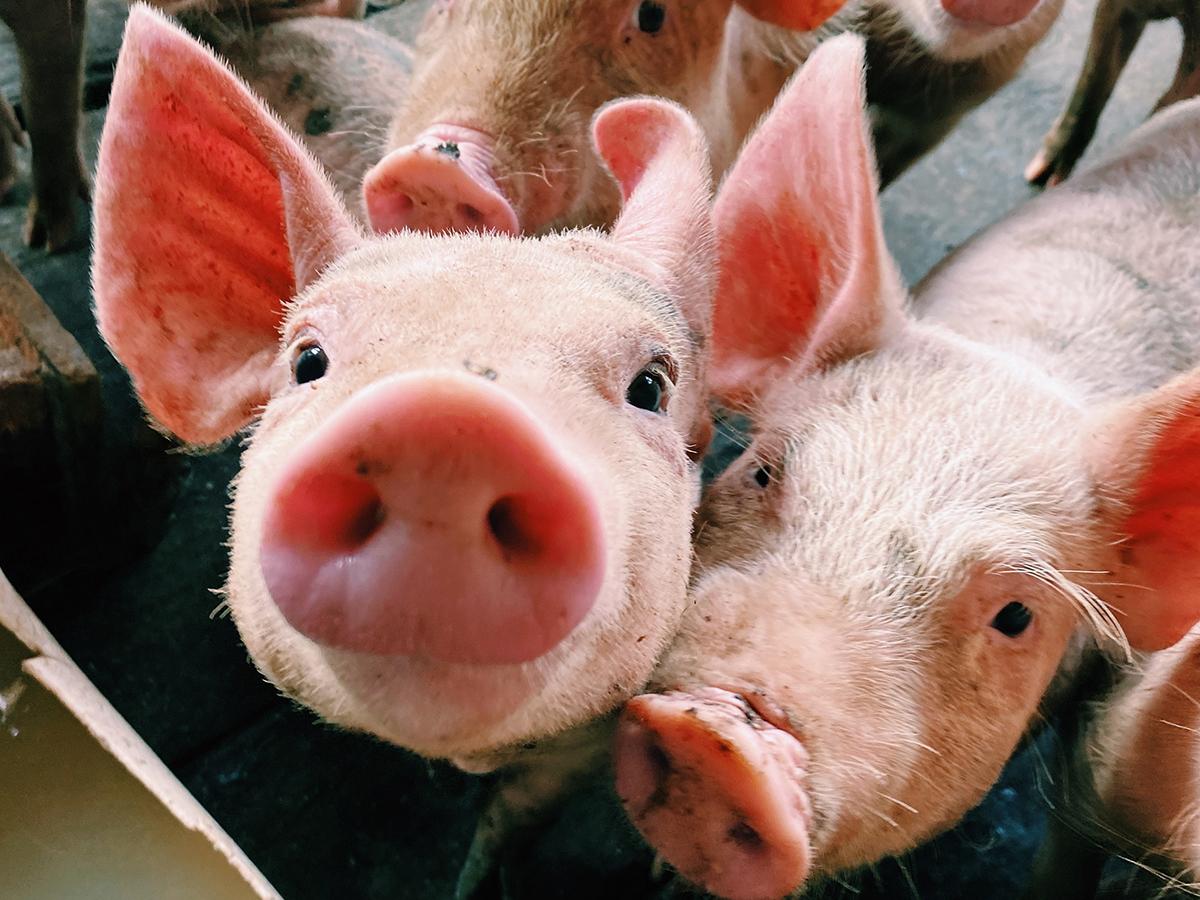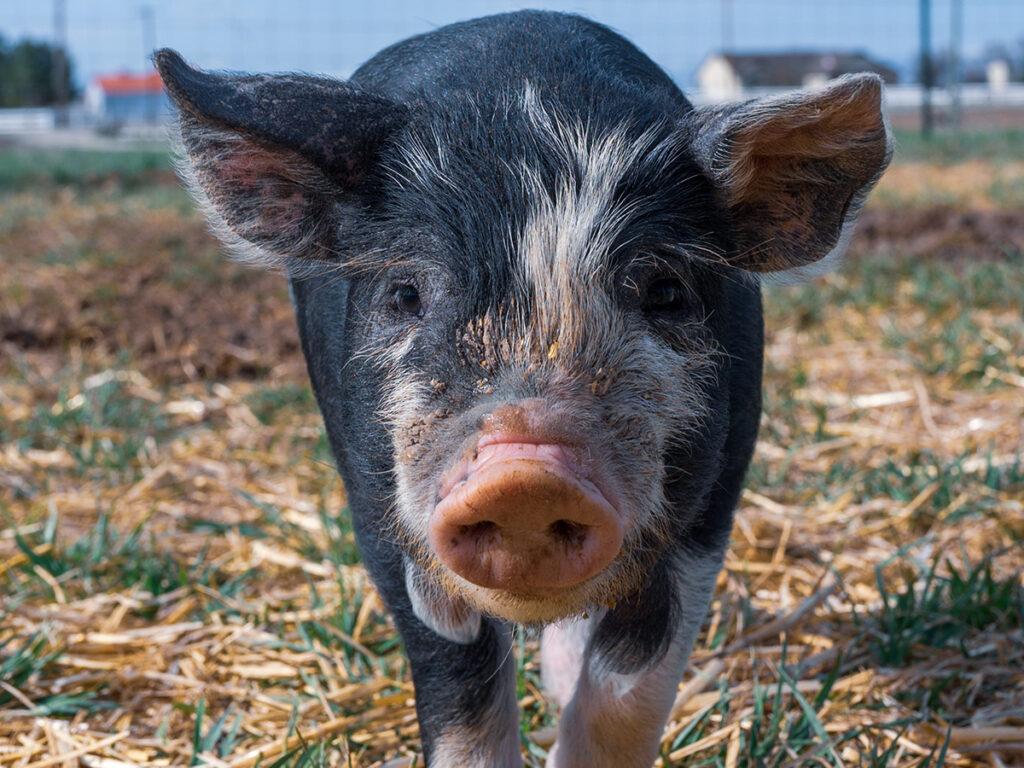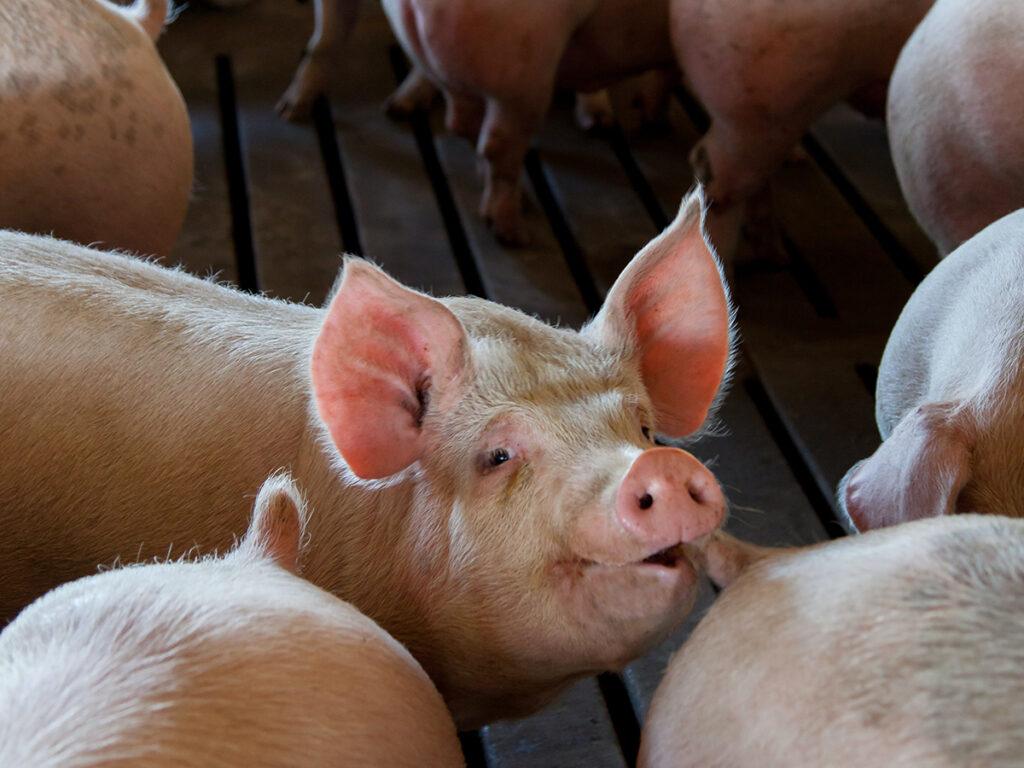Calculating emissions from pig production
Greenhouse gases emissions from pig production are primarily Nitrous Oxide (N2O) which accounts for about half of all GHG emissions in pig rearing. The remaining emissions in these systems equally come from Methane (CH4) and Carbon Dioxide (CO2).
In comparison with beef and lamb, pig carbon footprint is generally half the footprint per kilogram of meat. Pigs possess a monogastric digestive system, leading to significantly lower methane production when contrasted with ruminant animals.
However, extensive and especially intensive pork production utilises arable crops to produce food with far less efficiency than the direct consumption of those crops, which is something not seen in the production of ruminant animals. The ruminants are mostly reared on land which is otherwise unsuitable for alternative agricultural purposes – and as such that land is fit for sequestering carbon.
Historically, pig farming stood as an effective method of converting inedible food waste and by-products into consumables, but contemporary UK and EU regulations on swill feeding make this practice impossible at present.
The main amount of emissions in pig enterprises come from the following:
- Feeding: the largest percentage of pig carbon footprint comes from the growing of pig feed, especially if we factor in soya grown overseas, which can have much higher emissions associated with its production. Agrecalc is looking into introducing separate coefficients for home-grown versus emissions-intensive soya products.
- Manures, including storage, muck spreading and anaerobic digestion also form a large part of the pig carbon footprint. Mitigation strategies associated with proper management of manure can go a long way in reducing emissions associated with this issue.
- Energy: the more intensive the production system, the higher the direct energy requirements, in the shape of heating and ventilation systems. Altough this also accounts for the larger percentage of CO2 emissions, the potential for employing mitigation measures is also high, and can result in significant cost savings.
The Agrecalc Tier 2 calculations follow the GHG emissions methodology published in the Intergovernmental Panel on Climate Change (IPCC) and FAO GLEAM methodology for pigs and poultry. We are also certified to PAS 2050:20119 standards by approved verifier Lucideon, providing assurance that the GHG emissions being reported are calculated in a consistent way across the industry.

